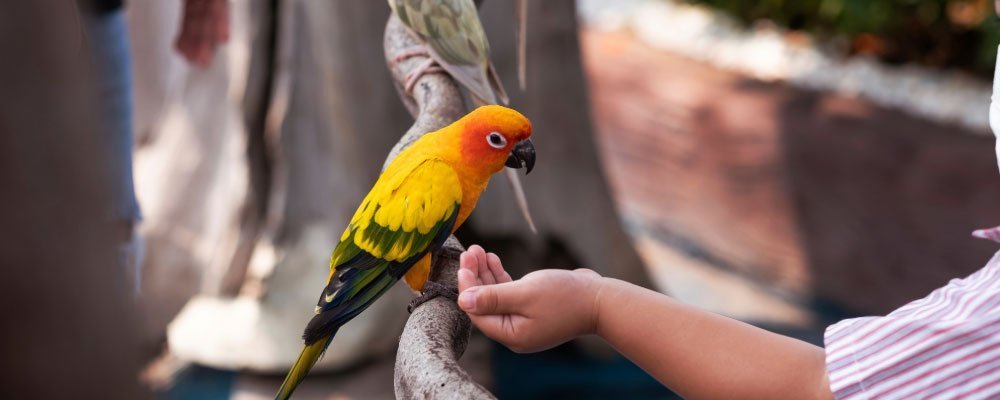
Parrot Food - A Guide To Feeding Parrots
There are thousands of parrot species in a wide variety of shapes and sizes and indigenous to many different environments, so It’s difficult to have a one-size-fits-all approach to feeding parrots. However, broadly speaking, parrots may be divided into:
The Parrot Grain Eaters - Budgerigars and Parakeets
Budgerigars and parakeets mainly feed on seeds, nuts and beans as they are originally from fairly arid areas, they often feed on seeding grasses, mature seeds, as well as fresher, greener shoots and flowers.
The Fruit Eaters - Amazon Parrots.
As they are found in wetter tropical areas, Amazon Parrots feed and forage through the rainforest canopy eating buds, shoots, flowers, leaves and fruits as they come into season, as well as the occasional grub or insect.
The nectar eaters - Lories and Lorikeets
Having said that, all parrots need a balanced diet rich with variety, so all parrots need to fed with that in mind. Sadly, dietary research on parrots is not as well developed on other pets, such as dogs and cats, and more research is needed on best nutritional practices.
In captivity, our parrots are dependent upon us to provide them with food of the right quality and quantity at appropriate stages in their lives.
How do parrots eat?
Parrots are very dextrous with their beaks and muscular tongues along with using their feet to manipulate and explore potential food items by delicately peeling them or powerfully cracking open thick shells. Whereas, Lories and lorikeets have a 'brush-tongue' on the tip that collects nectar and pollen.
What fat, protein & carbohydrates are necessary for parrots?
Fats
Fats are required as an energy source and for the utilization and storage of vitamins for parrots and, as such, are recommended as 2-4 per cent of the total dietary intake of parrots, which is much lower other animals such as chickens.
However, parrots will need more fats for laying eggs for the laying hen as egg yolk has a high fat content, providing a valuable energy source to the developing embryo. Large macaws and African grey parrots are known to favour high- fat nuts such as palm nuts and sunflower seeds, which contain 20 percent fat.
Carbohydrates
Carbohydrates, such as sugars and starches, provide a rapidly metabolizable energy source and are the only food constituents utilized by the central nervous system in parrots. The amount of carbohydrate required depends on physical activity, climate and existing fat reserves within parrots.
Proteins
Proteins are the essential 'building blocks' of the parrot’s body and are required to form muscle and all other body tissues, including feathers, and parrots require 10-15 per cent of total dietary intake in protein form expect when laying eggs when this rise to 20 percent. Nectar feeders gather their protein in the form of flower pollen and some insects.
What vitamins and minerals are necessary for parrots?
Vitamins are required for many chemical processes and reactions in the parrot’s body with the key vitamin groups being Vitamins A, D, E and K, which is fat-soluble; and Vitamin B and C, which is water-soluble.
Vitamin A is found in dark green foods, such as kale, spinach, broccoli, sweet potato, peas and beans along with carrot, sweetcorn, peppers, and mango.
Vitamin D is manufactured by the bird in its skin in response to sunlight, but is also present in milk and fish oil.
Vitamin E is obtained from spinach, apples and pears, mango, almonds and walnuts, sweet potatoes, sunflower kernels, pine nuts, and wheatgerm.
Vitamin K supply comes from green vegetables and eggs.
Vitamin C is found primarily in apples, oranges, tomatoes, strawberries, kiwi fruit, and rose hips.
Vitamins of the B-Complex are obtained from wheatgerm (wholemeal bread), dark greens, eggs and sunflower.
Calcium is found in dark green foods, oyster shell or cuttlefish bone, egg shells, cooked chicken bones, oranges, chick peas, bread or toast.
Which fruit and vegetables can you feed parrots?
In theory, it would be possible to balance a parrot’s diet by adding fresh fruits and vegetables to the seed mix. However, most parrots are highly selective eaters and will pick through the mix and dump the rest.
One way round this problem is to feed the 'healthy' items like fruits and vegetables separately in the morning when the parrot is most hungry and then only offer the bowl of parrot feed seed mix at the end of the day, so that the bird has previously has no choice but to eat the fresh food.
Items such as cucumber and lettuce may be enjoyed, but have high water content, so droppings will be very liquid after this sort of food. Therfore, harder, darker greens are preferable such as kale, spinach, cabbage, broccoli, peas and beans. Orange or yellow coloured vegetables such as carrots, sweetcorn, yams, butternut squash and peppers are excellent sources of vitamin A.
Tropical fruits, such as mango, papaya, bananas, and passion fruit have higher levels of good nutrients and vitamins than temperate varieties, such as apples and pears. That is not to say that the latter are not good parrots will enjoy them, but tropical fruits are even better.
What foods are dangerous for parrots?
The only fruit that must not be fed to parrots is avocado. This is actively toxic to parrots, although many other bird species may consume it with impunity. Parrots should not be fed milk or milk-based products, such as cheese, as they cannot digest it because they do not have the digestive enzyme to lactose.
Human 'junk food', such as pastries or chips, along with sugary drinks are definitely not advisable, and neither is alcohol! Also, beware of fruit being left for long periods when it is hot as fruit can rapidly ferment, grow mould and deteriorate quickly.
Can you feed parrots raw or cooked vegetables?
The simple answer is that you can feed parrots raw or cooked vegetables. Indeed, some parrots prefer cooked vegetables, whereas other parrots insist on eating them raw. Obviously, from a nutritional standpoint, raw vegetables is preferable, but you can still keep a lot of the nutritional value by gently steaming, blanching, or microwaving.
When do parrots eat?
Parrots’ main meal is in the mornings, but parrots are social feeders and, in the wild, they will fly out in family groups in the early morning and late afternoon to forage and feed together.
Therefore, parrots kept as pets often adopt the human family as it’s 'flock' and will often prefer to eat when you do and may even want to join you. Indeed, parrots often eat most when the humans are having their evening meal. This can be a good way of persuading the bird to try new food items, provided they are suitable (vegetables and salads), as parrots often want to taste what you are eating.
Can you feed parrots pulses and beans?
Yes, pulses, peas and beans are high in protein and several vitamins and provide the increased intake of dietary protein needed to breed, lay eggs and rear chicks. Pulses are purchased in a dried form, and before feeding they need to be soaked or cooked to make them edible for parrots. Many bird-keepers feed these to their parrots especially during the breeding season as a pulse diet is rich in both protein and some vitamins, but it is low in calcium so should not be fed as a sole food source.
A small batch of pulses can be prepared by thoroughly rinsing them, then leaving them to soak for 24 hours preferably with several changes of clean water during this period. Then, after a final rinse, the softened soaked pulses may be fed to your parrot.
Some people advocate boiling pulses first to remove toxins potentially present in some varieties of bean and the cooking process will also further soften the product, but will inevitably reduce a lot of its nutritional content.
In all cases, both soaked or cooked pulses, the pulses should always be rinsed thoroughly before feeding to your parrots as inadequate rinsing of both cooked and uncooked beans can lead to rapid contamination of the food with bacteria and fungi.
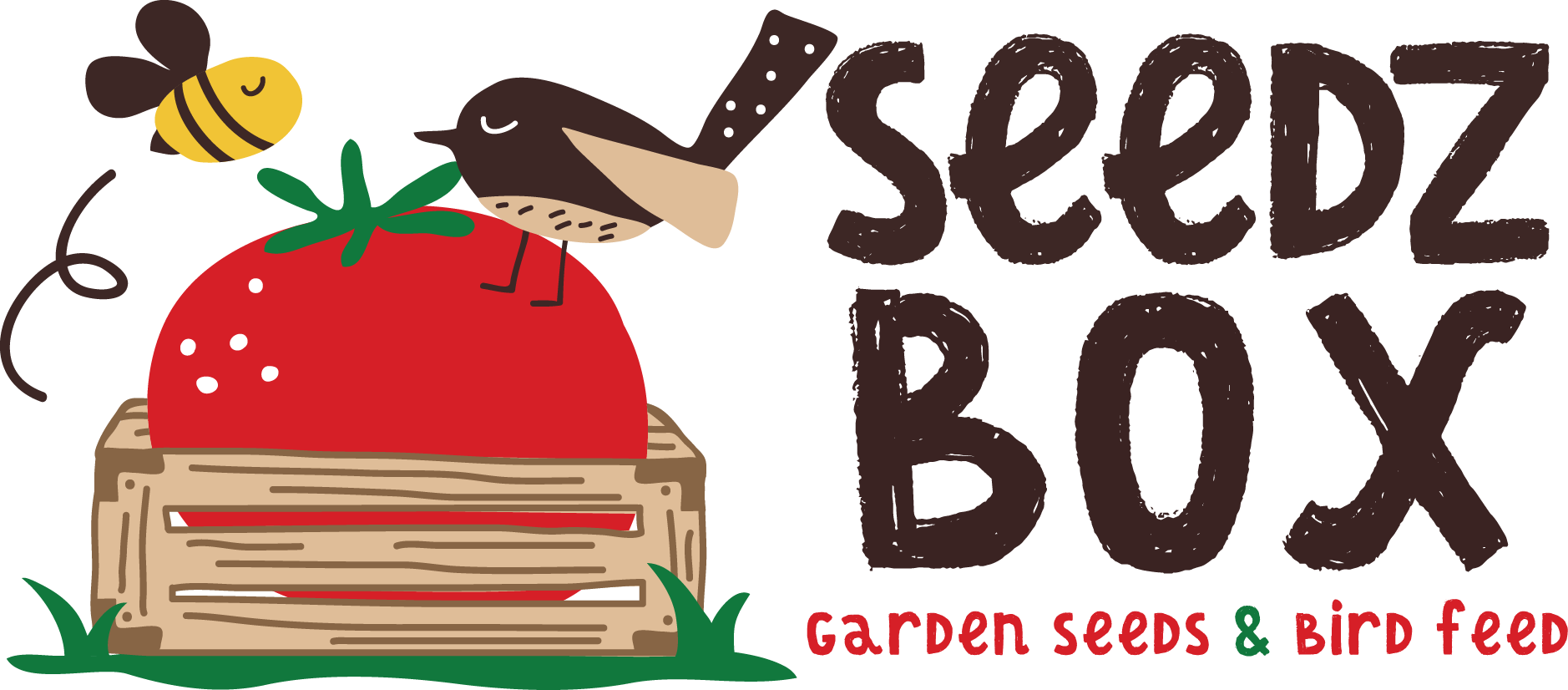
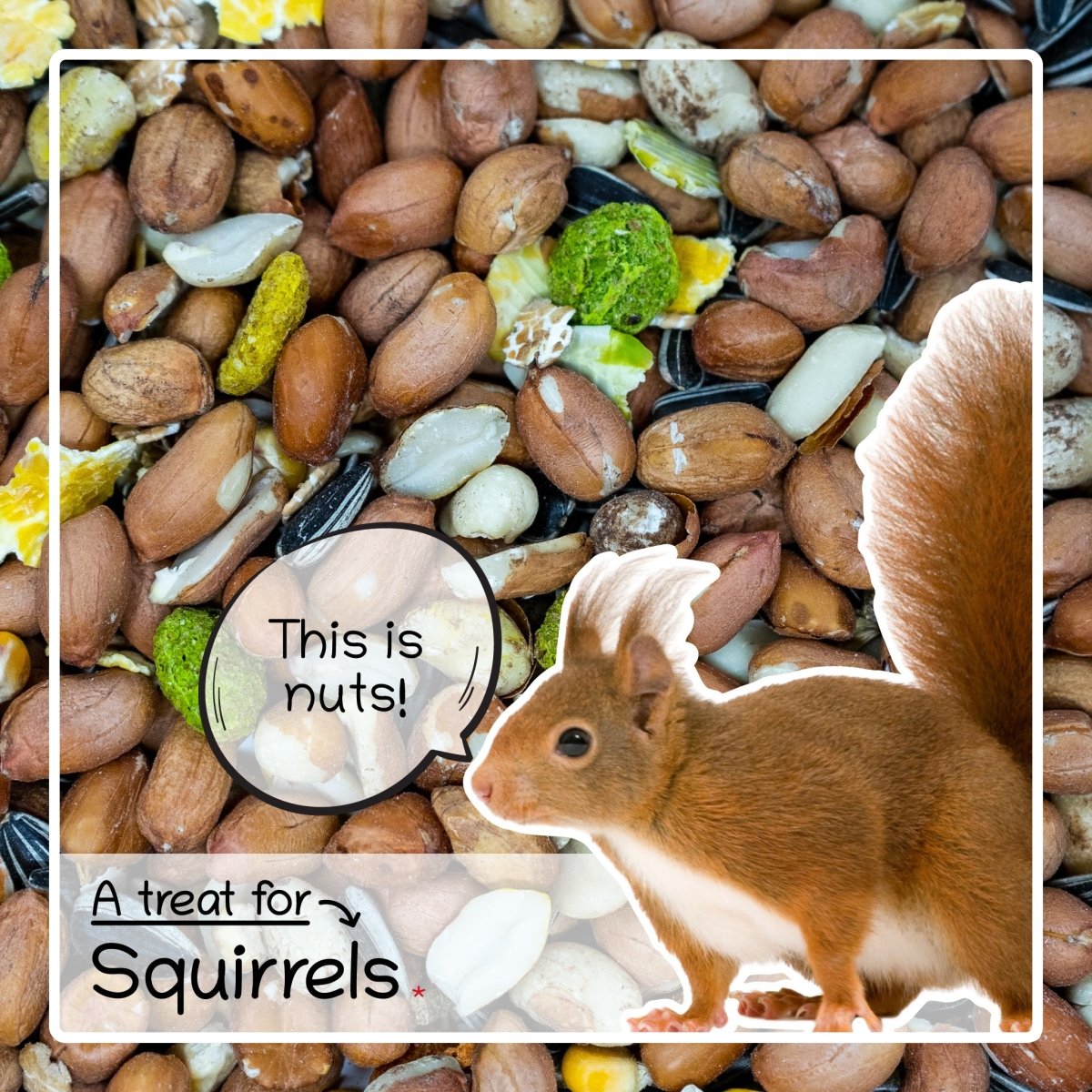
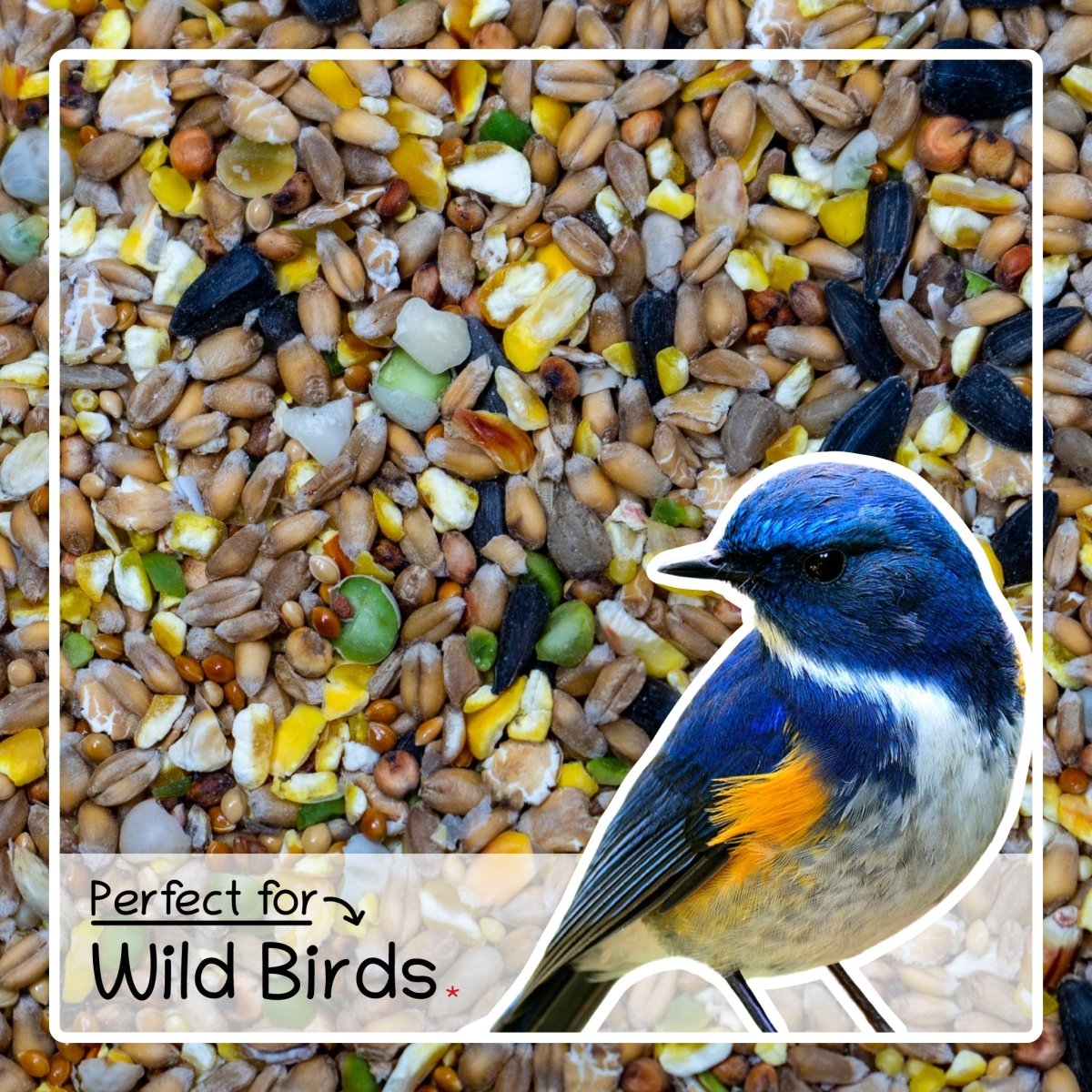
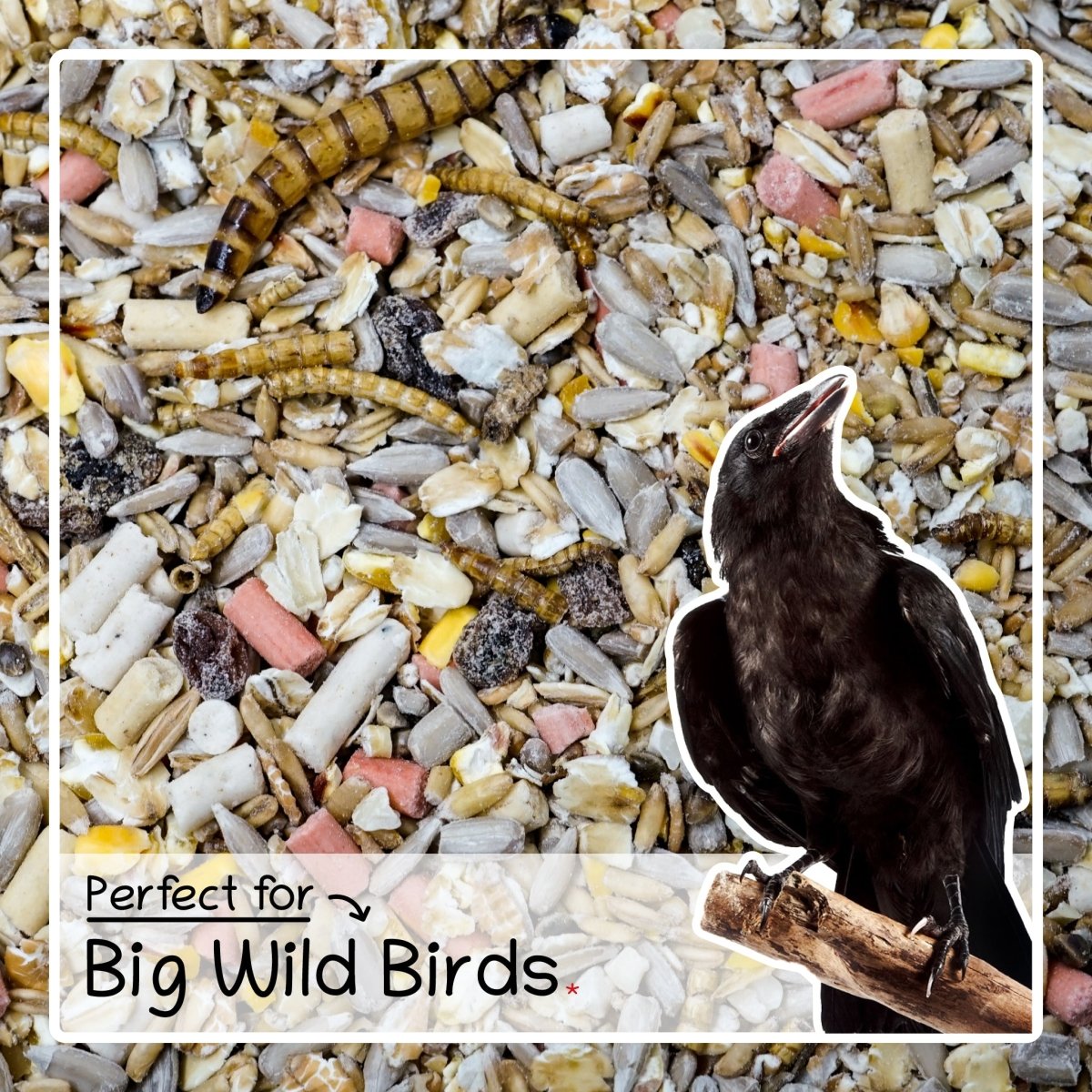
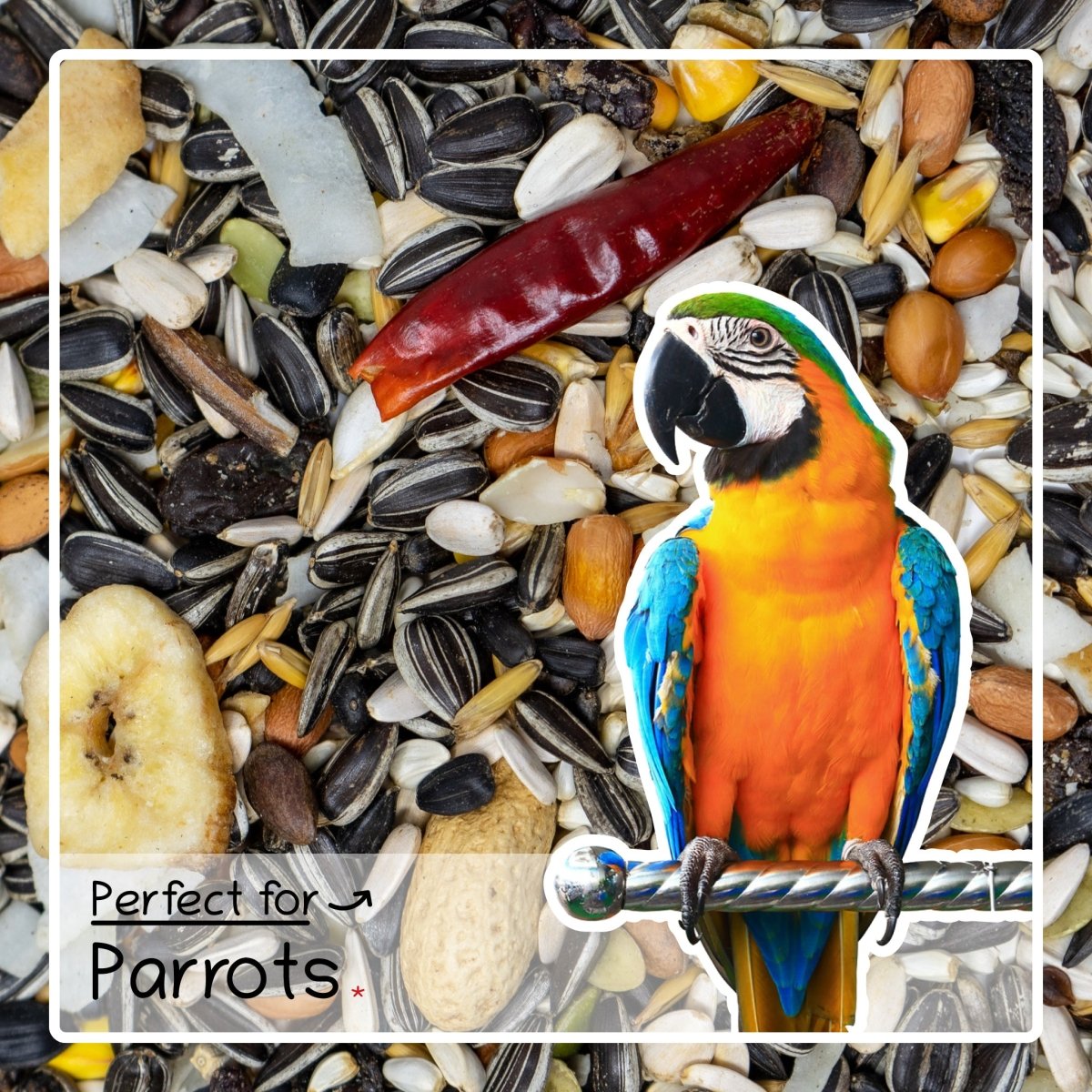
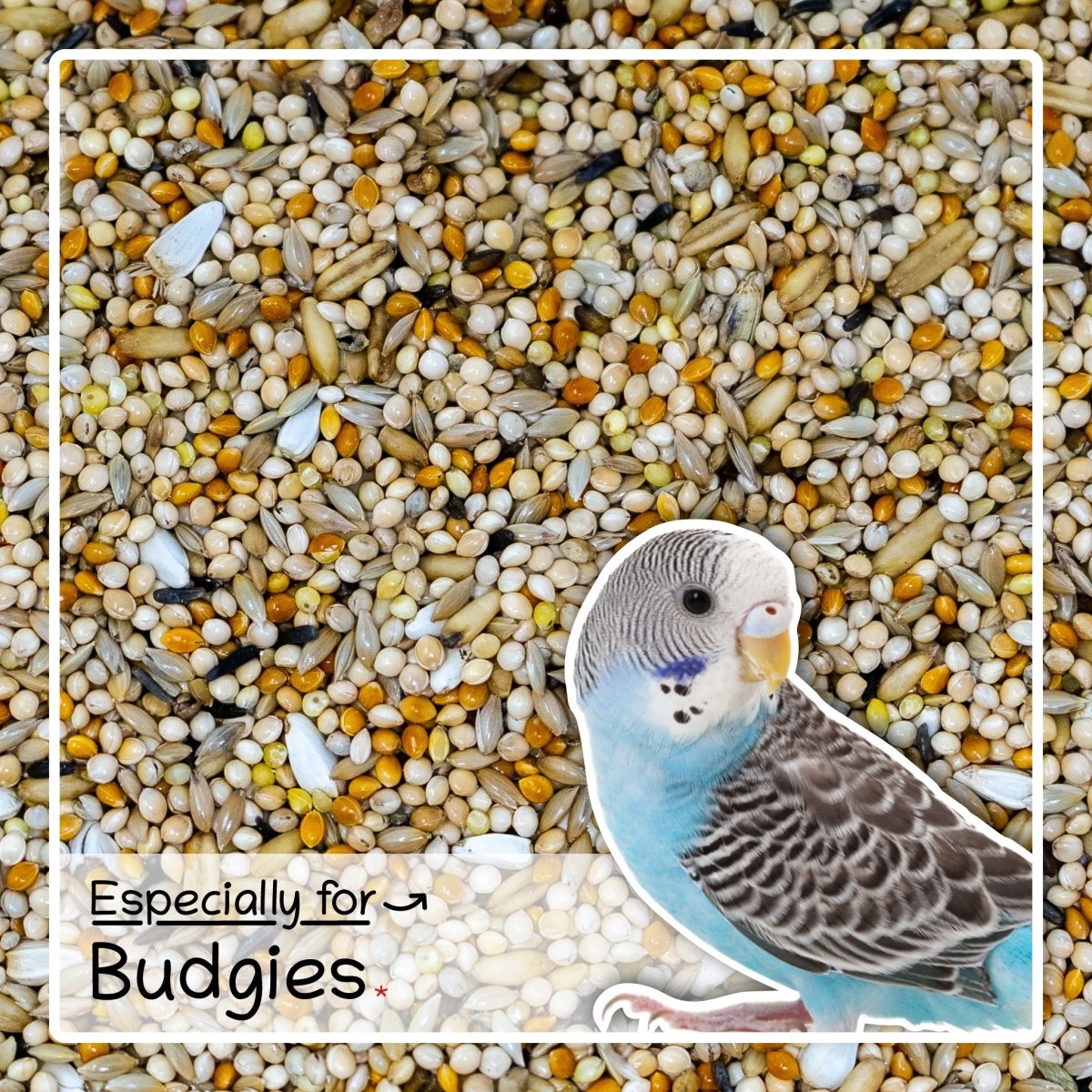
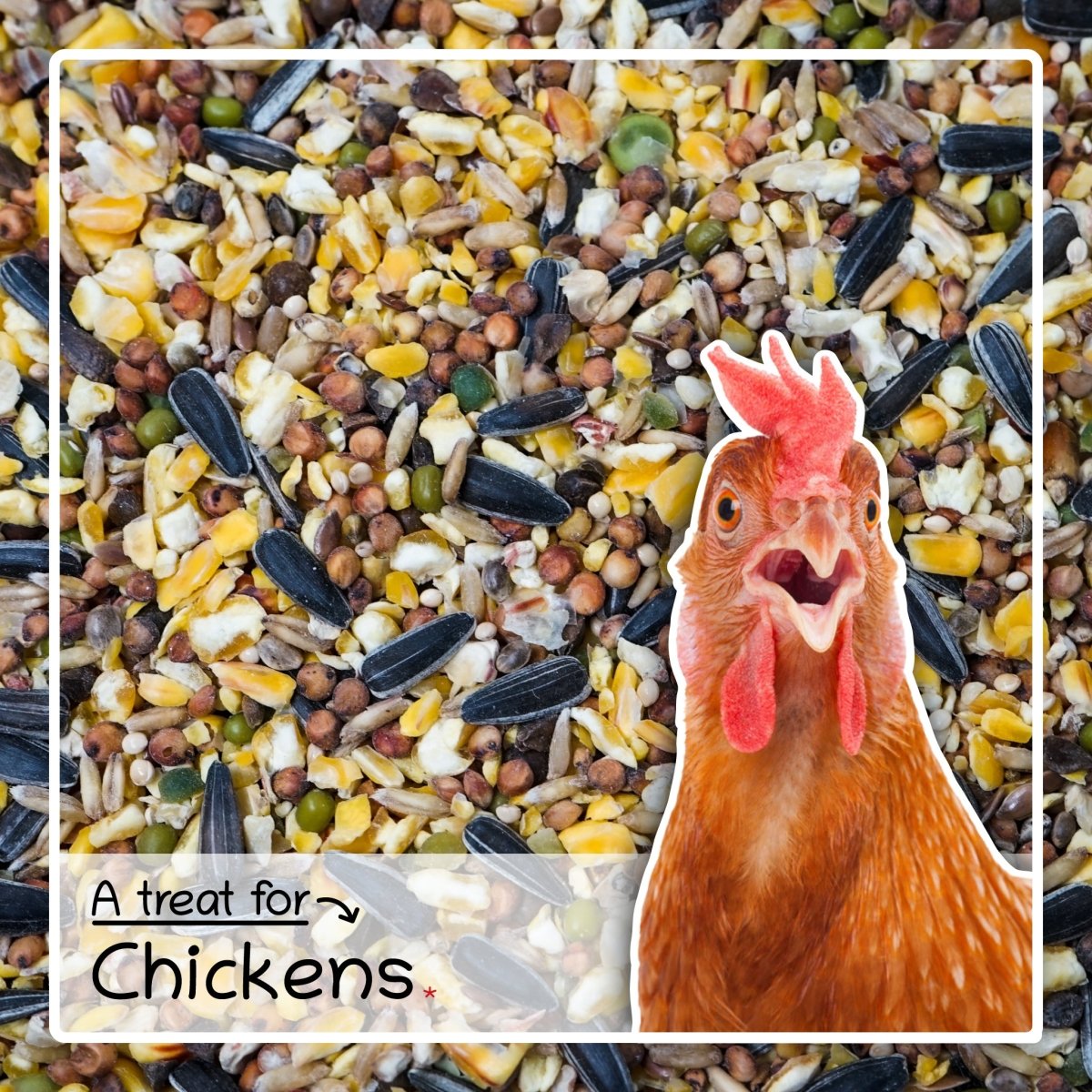
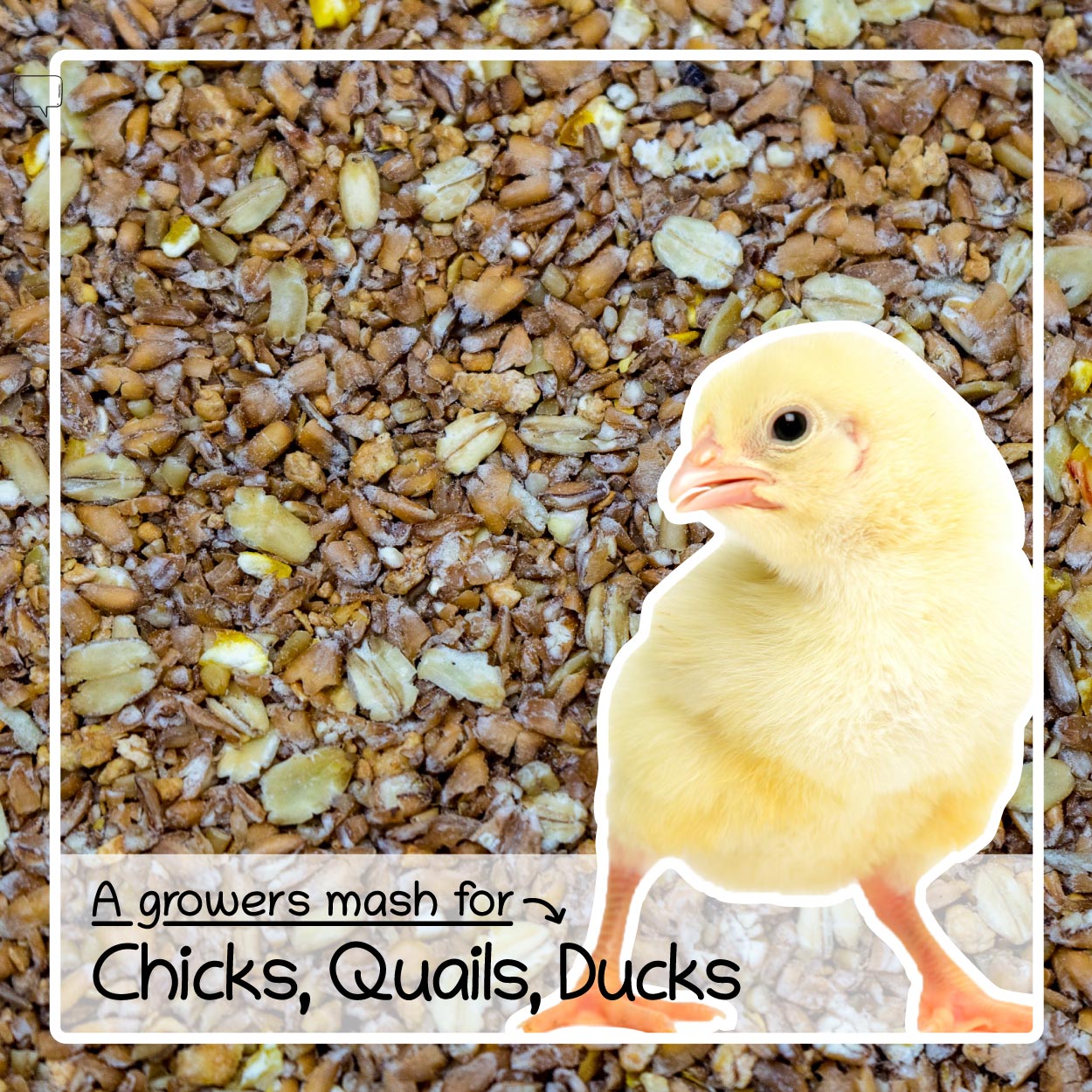
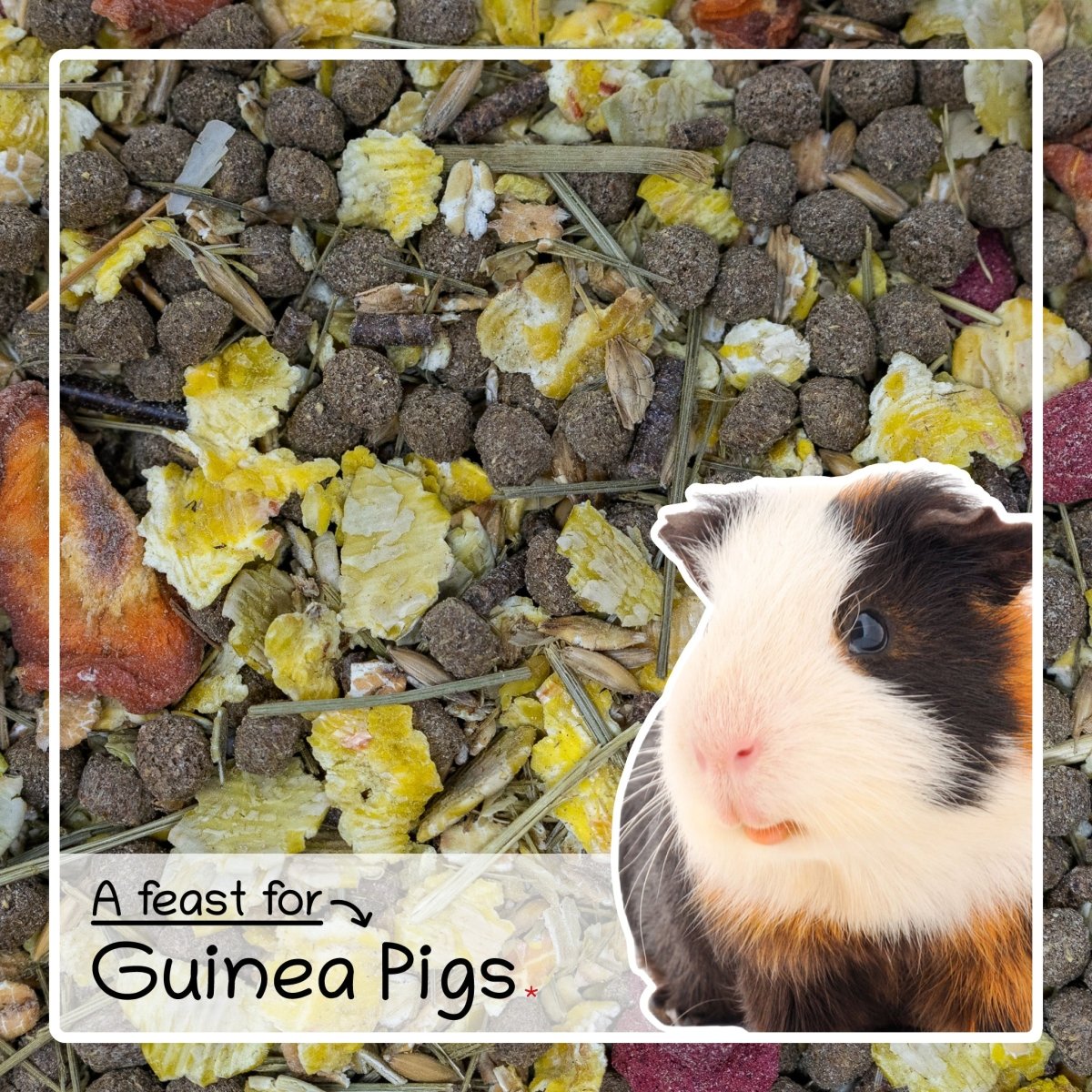
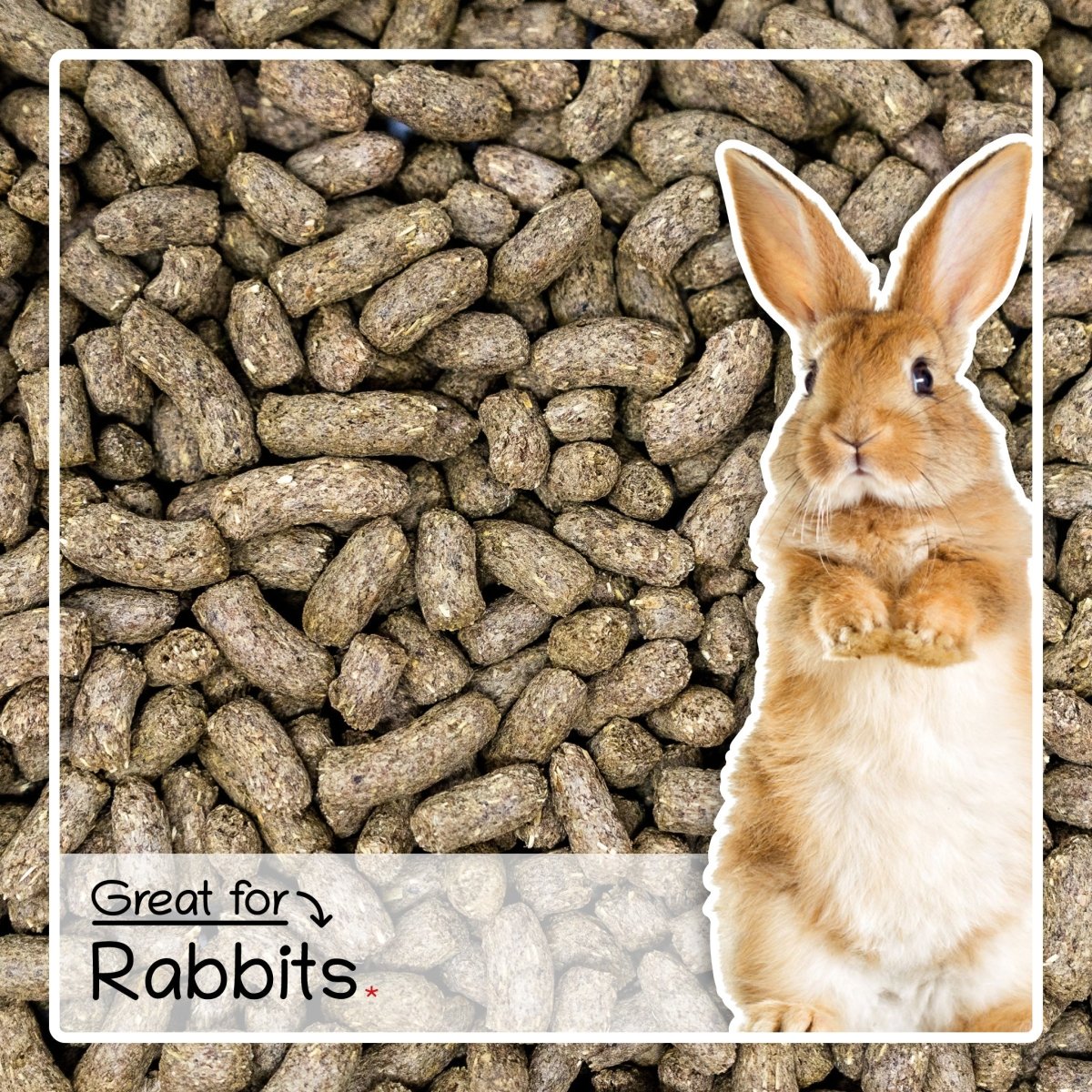
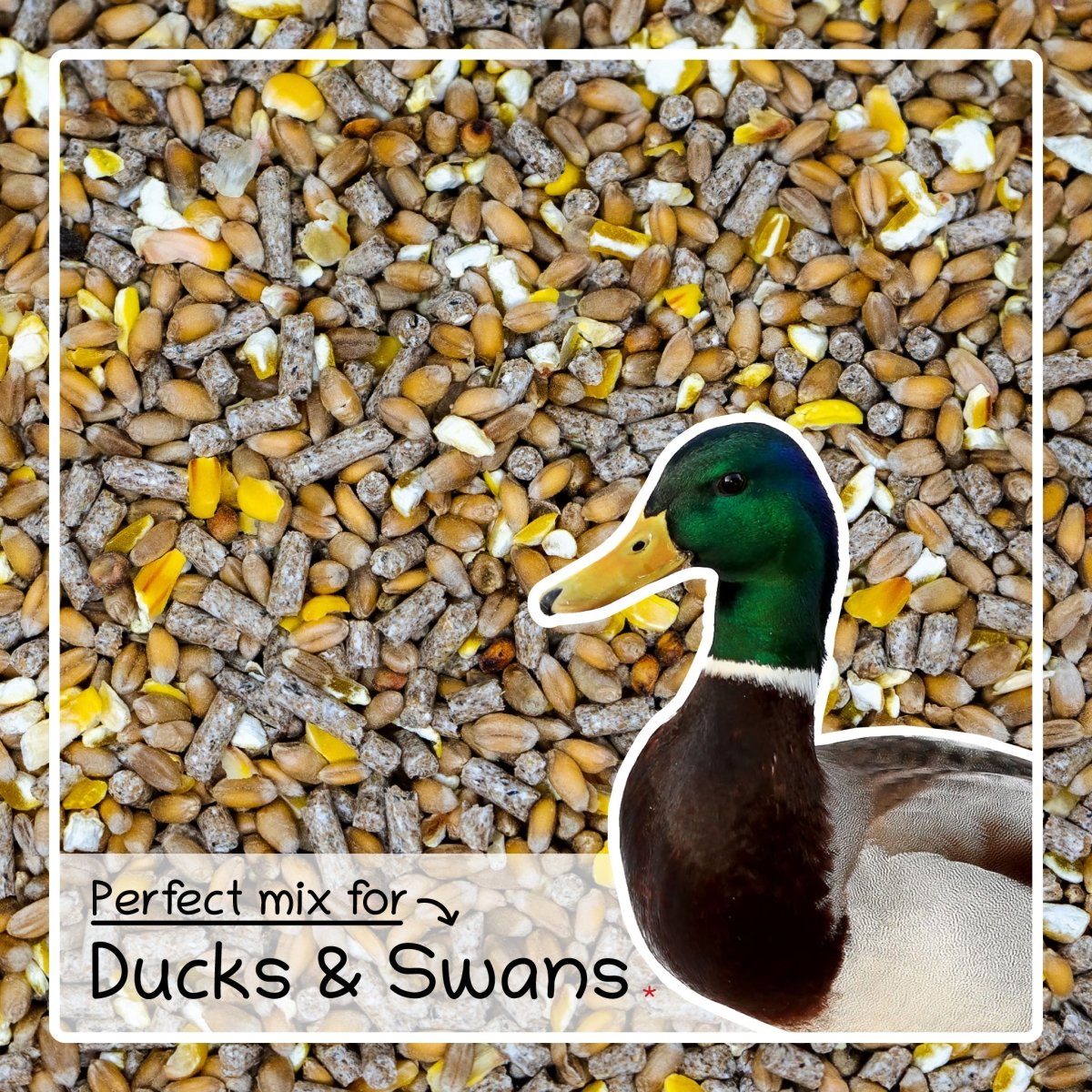
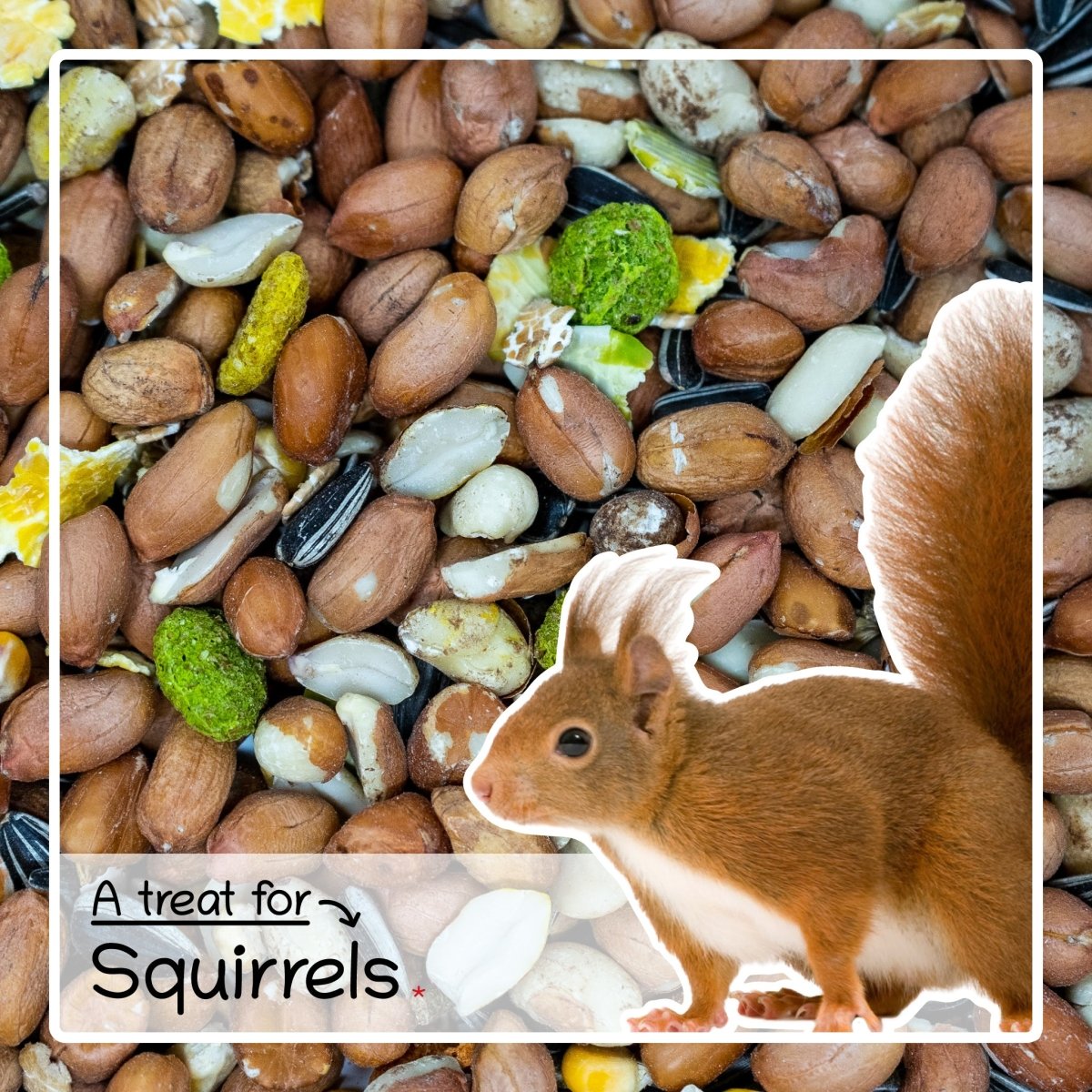
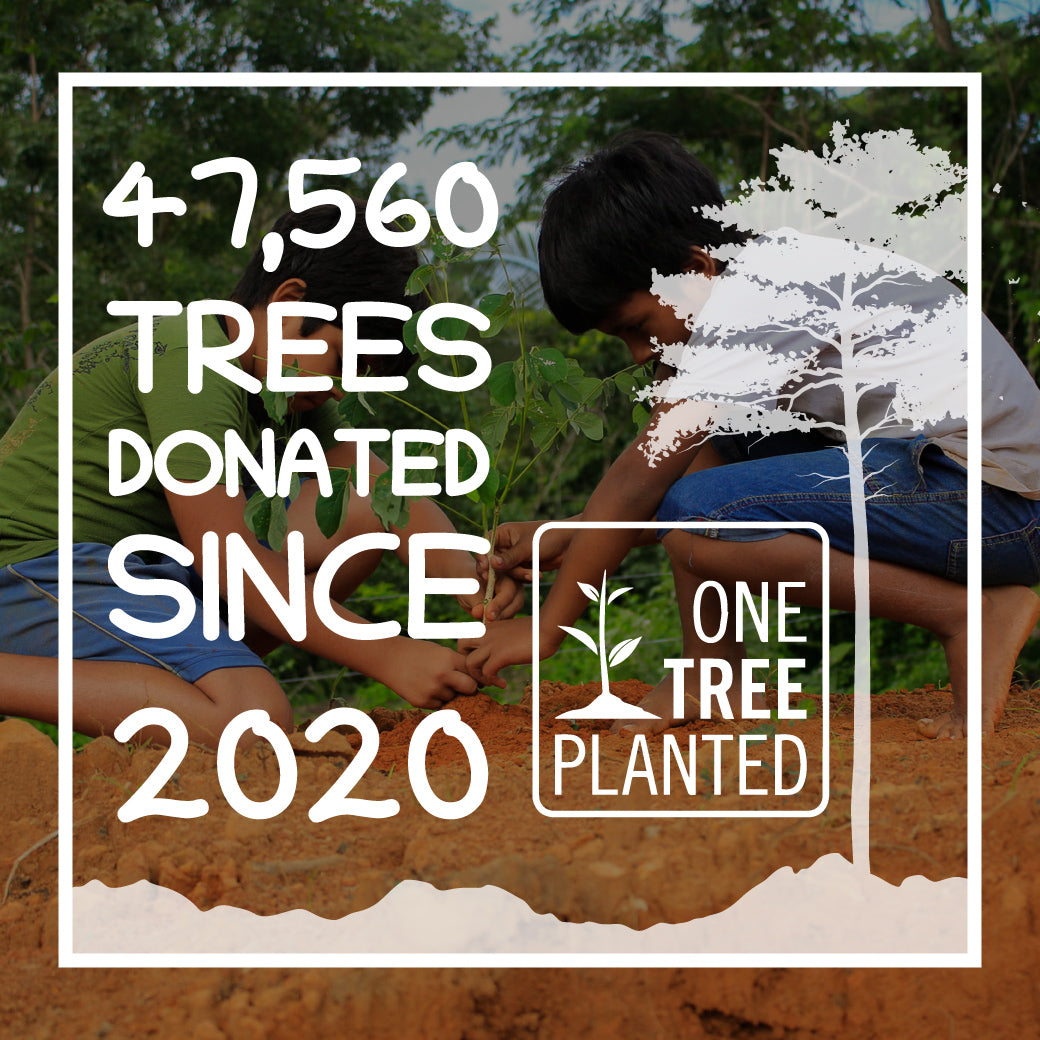

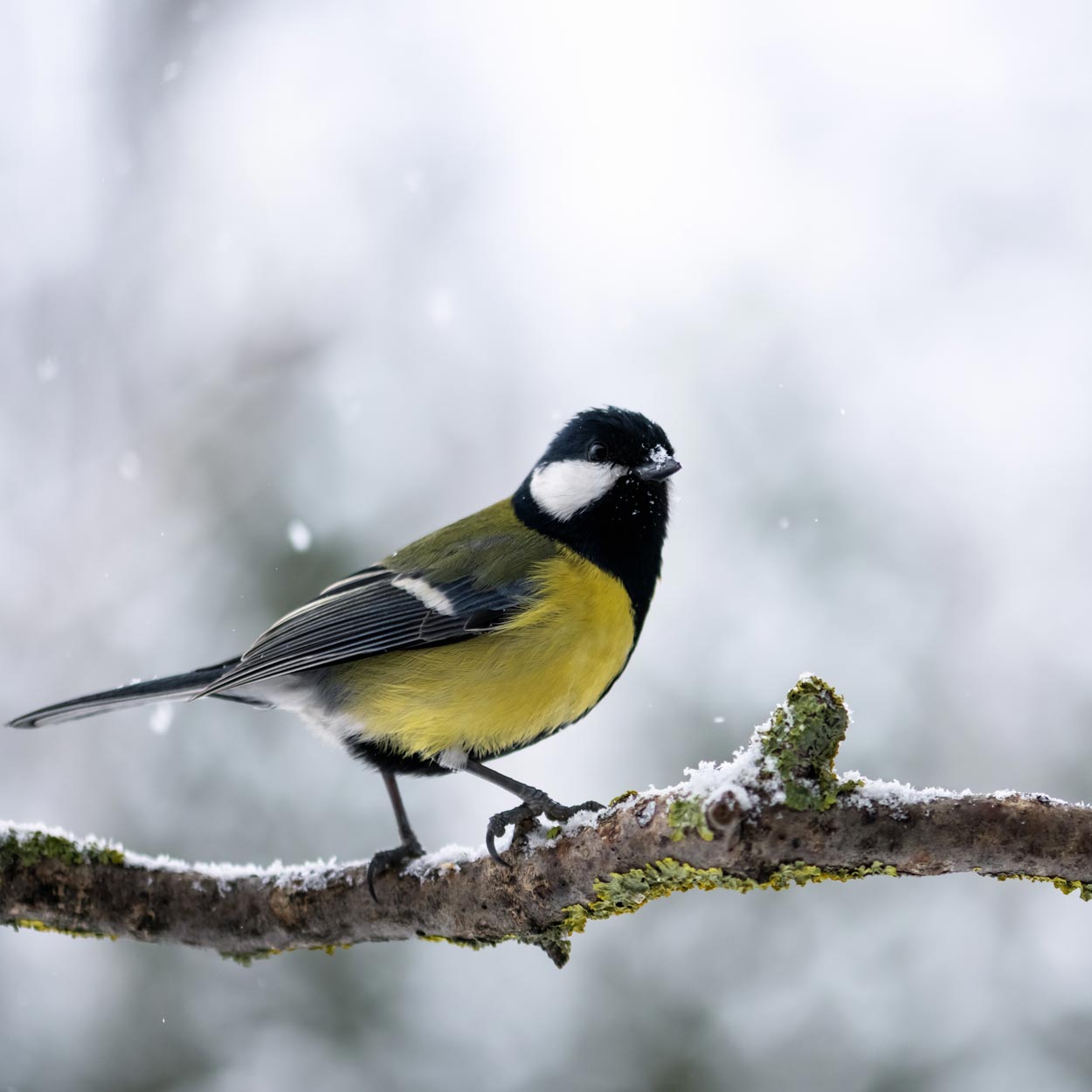
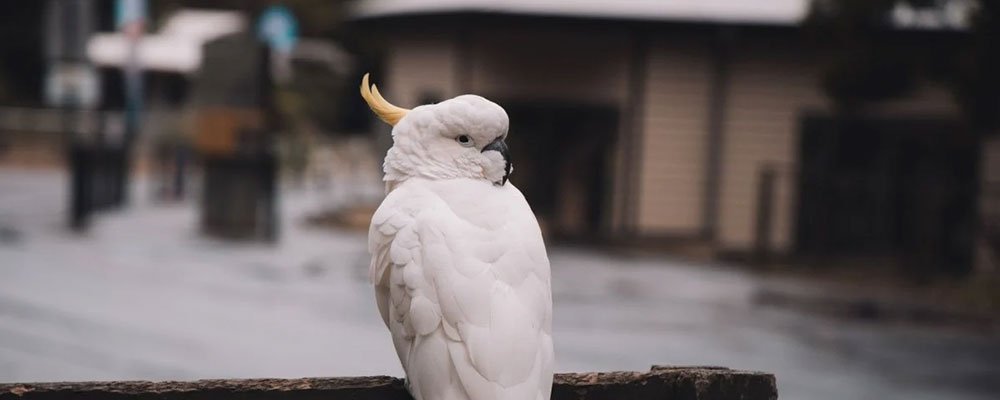
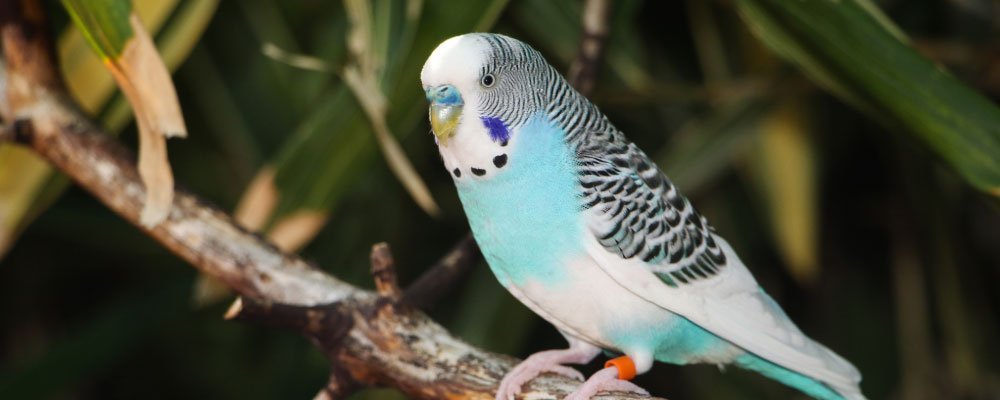
Leave a comment
This site is protected by hCaptcha and the hCaptcha Privacy Policy and Terms of Service apply.